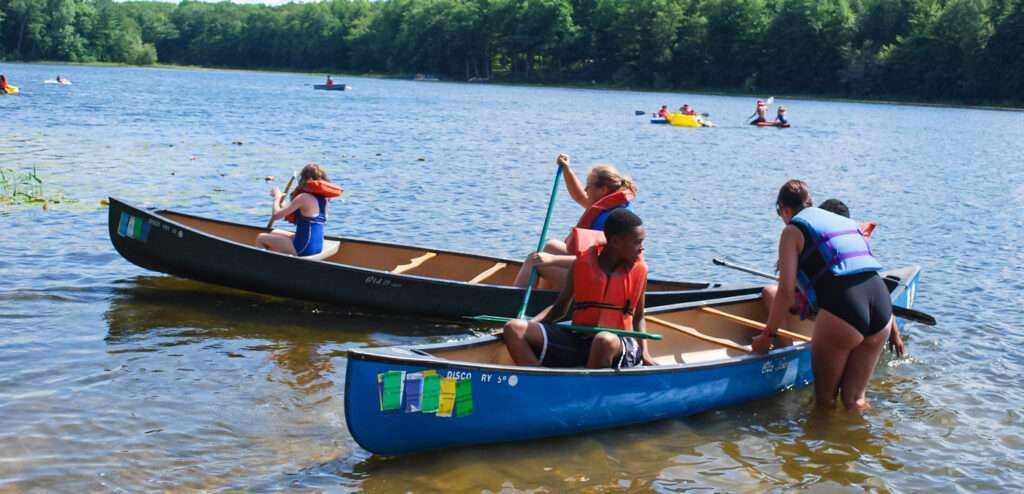A canoe sits low in the water making it easy to access untapped fishing holes and move rapidly across currents, a big advantage when fly fishing. Canoes are also quiet and easy to steer. Outfitting your canoe with the right anchorage system–which can very rudimentary–and gear storage equipment will ensure that your fly fishing experience is safe and well-organized.
Instructions
Difficulty: Easy
Step 1
Outfit the canoe with a seat back, which is affixed to your canoe seat and used for added support. Clip or snap the seat back into place using the attached straps. Fold down when not in use. Opt for padded seat backs when fly fishing to maximize comfort on the water.
Step 2
Snap rod holders on either side of your canoe to keep fly rods in close proximity when fishing. Rod holders are designed to reduce line tangles, which is especially important when fly fishing because of the amount of drag used during the cast-and-retrieval process.
Step 3
Rig an anchor to your canoe using an anchor and rope—which you can purchase or craft by inserting a solid, heavy object into a mesh bag. Increase stability by positioning the anchor at the center of the boat or lower the anchor over the side of the boat and fly fish from one fixed location.
Step 4
Measure the width of the hull or widest part of your canoe and fit the interior with an appropriately sized piece of carpet or non-adhesive gel-filled pad. Either option will suffice; an exact measurement is not necessary. The padding will cushion your knees when kneeling to fly fish.
Step 5
Fasten waterproof bags and cases to the side of your canoe using carabineers. Pass the mouth of a carabineer through the loop of the bag or case and position the bag or case over the side of the boat, near the water. Fill the bags and cases with fly fishing baits, fishing line, a pocket knife and other fly fishing accessories.

